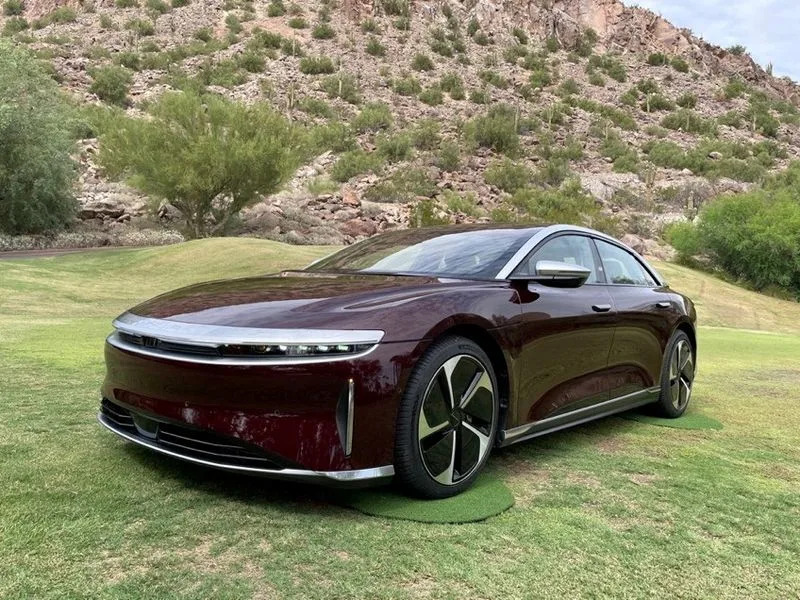Freeport LNG Restart And $2 Natural Gas Put This LNG Giant's Earnings Beat In Focus
KIT NORTON
02/23/2023
Cheniere Energy (LNG), the largest U.S. exporter of LNG, topped fourth-quarter financial estimates early Thursday. The report lands as a volatile natural gas market has gas prices at their lowest levels since 2020, and as Freeport LNG, a key U.S. liquefied natural gas export facility, prepared to end an eight-month pause in exports. Cheniere Energy stock surged Thursday.
Cheniere Energy reported $9.08 billion in Q4 revenue, up 38% from last year, with EPS of $15.78. Ahead of earnings, analysts forecast EPS of $6.02, up from a loss of $5.22 a year ago.
Cheniere's Revenue Doubles
This was the second consecutive quarter Wall Street predicted booming profits for Cheniere Energy. In Q3, LNG reported a net loss of $9.54, sharply below analysts expectations for a profit of $5.58 per share. Analysts expected Cheniere Energy Q4 revenue to increase 22% to $8.03 billion.
The Houston-based company is the largest producer of liquefied natural gas in the U.S. and one of the largest LNG operators in the world. Its services range from gas procurement and transport to vessel chartering and delivery. Cheniere owns and operates liquefied natural gas terminals near Corpus Christi, Texas.
For the full year, Cheniere earned $5.64 per share, up from a loss of $9.25 in 2021.
Meanwhile, Cheniere revenue more than doubled to $33.43 billion in 2022.
Cheniere Energy stock soared 9.1% t0 161.31 Thursday during market trade. On Wednesday, LNG shares edged up 2.7% to 147.77. The stock is now trading more than 19% above an early January low, in a consolidation begun in November.
LNG shares rank 36th in IBD's Oil & Gas-Transport/Pipeline industry group. The group ranks No. 38 among the 197 industry groups tracked by IBD. Cheniere Energy stock has a 39 Composite Rating out of 99. The stock also has a 51 Relative Strength Rating. The EPS Rating is 24 out of 99.
Natural Gas Below $2
Natural gas futures prices rose modestly Thursday, after sliding on Wednesday below the $2 per million British thermal units. That was the first undercut of the $2 mark since September 2020. Natural gas prices have declined more than 45% since the beginning of 2023 and are down around 80% from their August, 2022 peak of $10.
The latest Energy Information Administration data also shows U.S. natural gas stockpiles are at 2.266 billion cubic feet. This is up 17% compared to last year and nearly 9% above the five-year average. Meanwhile, the amount of natural gas flowing to U.S. LNG export plants rose to a 10-month high last week, according to the EIA.
Freeport LNG Is Back
U.S. gas supplies started to back up after an explosion and fire shut down Freeport LNG's Quintana, Texas export facility on June 8. The loss of export capacity led to a gas price peak in August, after which prices veered into a steep slide.
On Tuesday, the privately held Freeport said regulators approved the restart of commercial operations.
The Federal Energy Regulatory Commission gave Freeport LNG permission to restart two of three liquefaction trains, which compress natural gas into condensed, super-chilled liquid. Freeport LNG expects to increase production to 2 billion cubic feet per day (bcf/d) — about 15% of total U.S. LNG export capacity — over the "next several weeks."
However, the facility's third liquefaction train still requires regulatory authorization before it can be brought back online. The first LNG production and ship loading from the facility began on Feb. 11, Freeport LNG reported Tuesday.
"Returning to liquefaction operations is a significant achievement for Freeport LNG," CEO Michael Smith said in a statement.
The unexpected shutdown of the facility reduced U.S. LNG exports, and caused a sudden loss of demand for natural gas. That, in turn, left surplus gas on the U.S. market, allowing U.S. utilities to inject higher-than-expected reserves into stockpiles for the winter.
Freeport repeatedly pushed back its timeline to resume operations. The impact of the facility's restart on natural gas markets, demand and prices is not clear.
U.S. Poised To Become Top Exporter
The U.S. is set to become the largest LNG exporter in 2023, according to a new report from U.K.-based Wood Mackenzie. In 2022, the U.S. was the third-largest exporter of LNG with 76.4 million metric tons per annum. The resumption of Freeport LNG's facility positions the U.S. to export 89 million metric tons this year, surpassing Qatar and Australia, according to Wood Mackenzie.
Based on the combination of projects already under construction and momentum of potential projects, U.S. LNG capacity could grow between 70 million metric tons per annum-190 million metric tons per annum before the end of the decade.

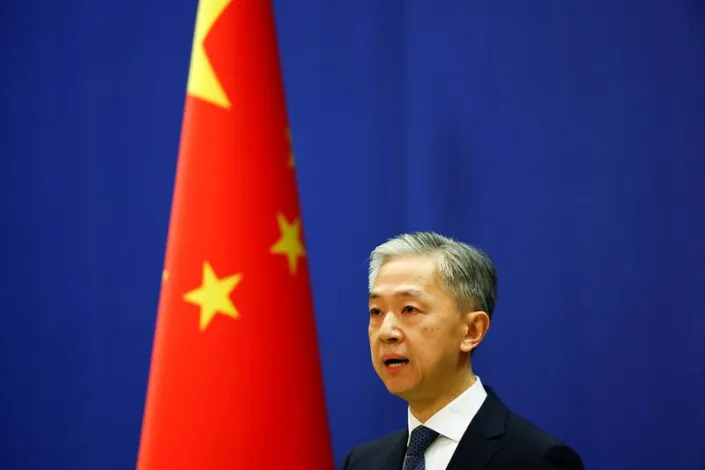

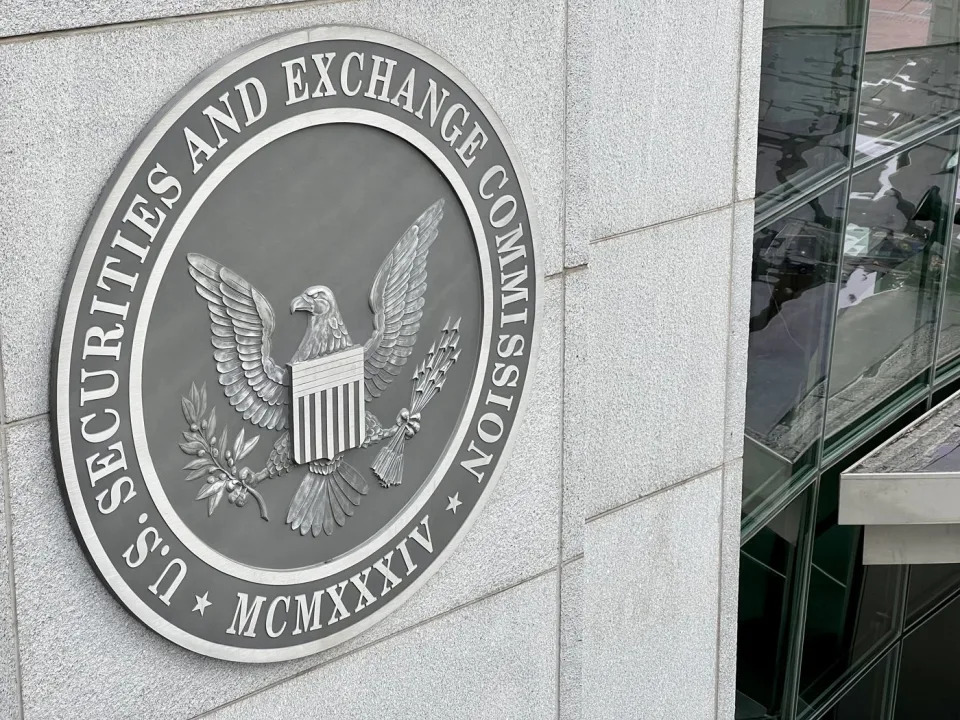
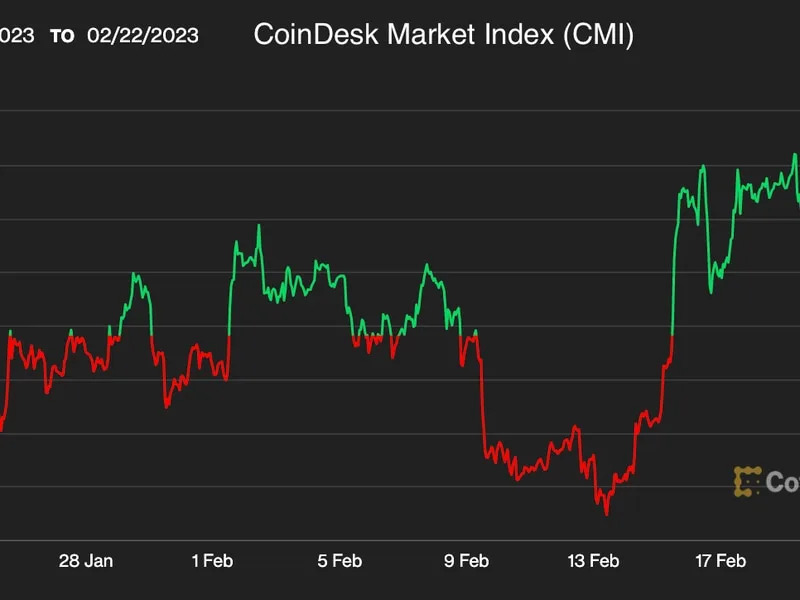
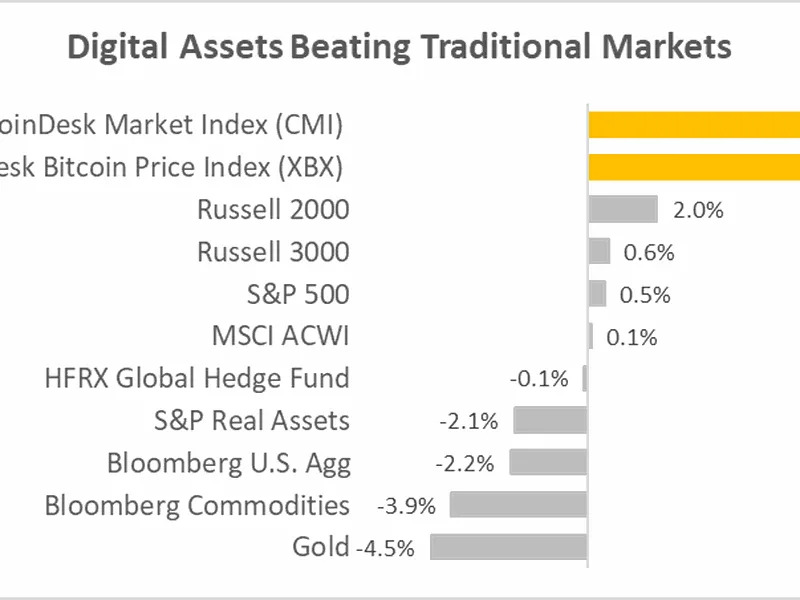
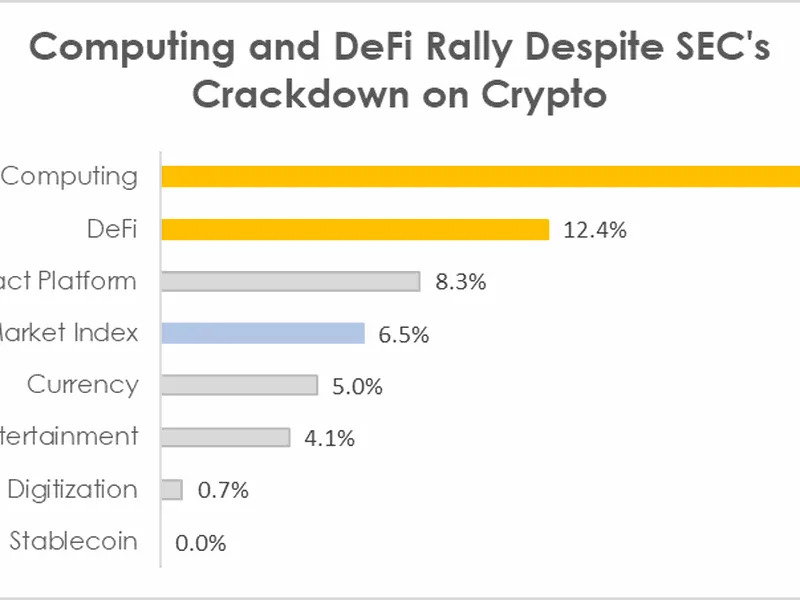
.jpg)




